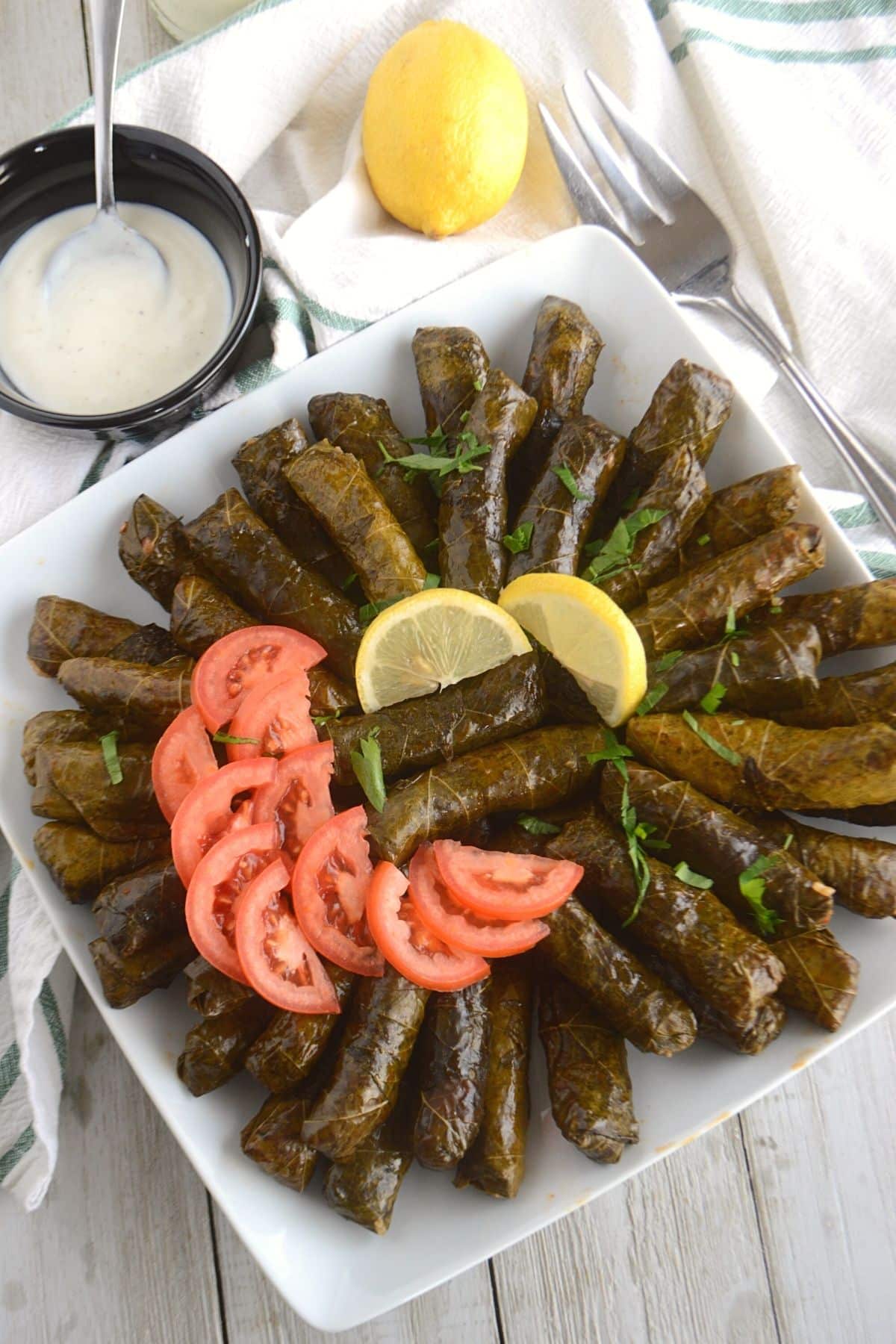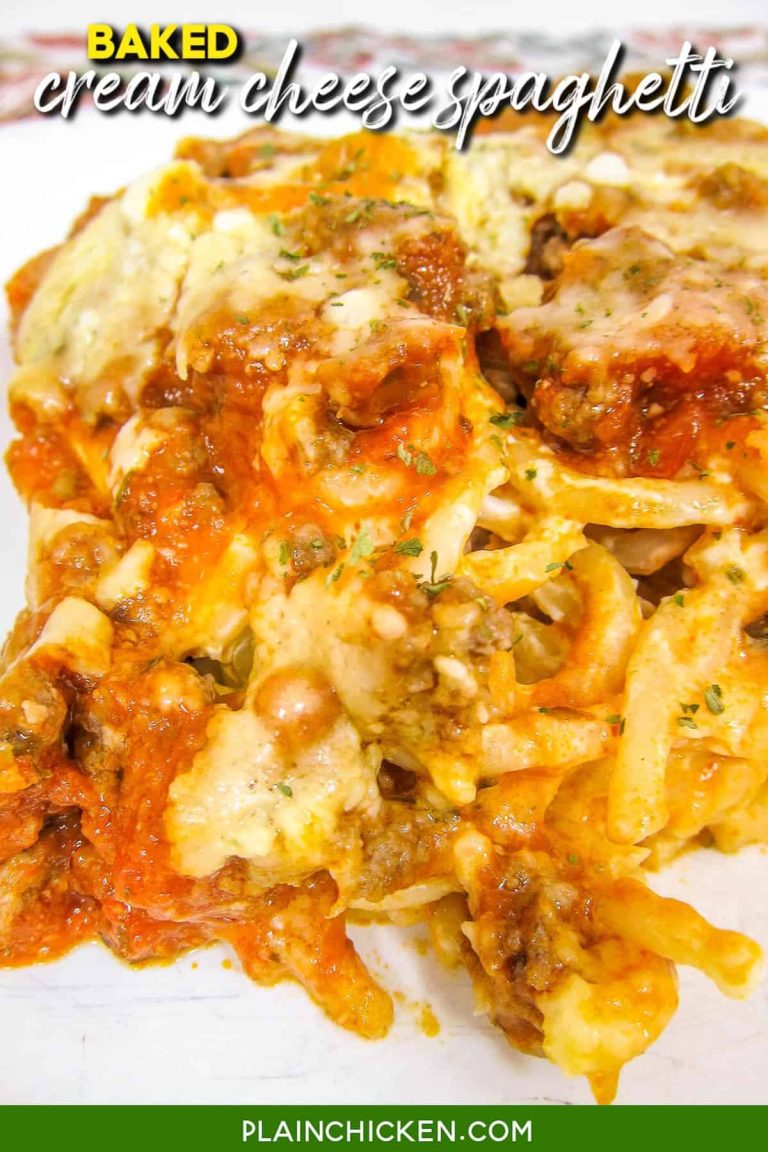Stuffed Grape Leaves: Recipe, Serving Tips, and Storage Guide
This recipe draws inspiration from a deep appreciation for Mediterranean cuisine. The combination of rice, herbs, and spices found in traditional grape leaves offers a harmonious blend of flavors. Your stuffed grape leaves capture this delightful essence, with a unique twist making them truly your own. Exploring the rich culinary traditions of the Mediterranean led to the creation of this cherished dish.
A Family Tradition Passed Down
In many families, recipes for stuffed grape leaves have been handed down through generations. Your recipe continues this tradition, preserving the methods and flavors that make these delicacies special. This dish not only embodies the culinary heritage of your family but also connects you to ancestral roots each time it’s prepared. Sharing this recipe with new generations ensures that this beloved tradition remains vibrant and cherished.
Key Ingredients of My Famous Stuffed Grape Leaves
Why Quality Ingredients Matter
Quality ingredients elevate your stuffed grape leaves to distinguishable heights. Fresh, unblemished grape leaves form a delicate yet robust vessel for the savory filling. Choose leaves sourced from reputable suppliers or specialty stores to ensure freshness. High-quality rice, preferably medium-grain, offers the right texture and consistency. The choice of rice greatly affects the dish’s overall mouthfeel. Specially selected herbs like dill, parsley, and mint bring brightness and complexity. Opt for organic, if available. Additionally, extra virgin olive oil imparts a rich, fruity undertone, while ripe tomatoes and onions provide essential moisture and freshness.
The Magic of Fresh Herbs and Spices
Fresh herbs and spices define the flavor profile of your stuffed grape leaves. Dill, parsley, and mint are essential herbs that introduce aromatic notes and enhance the stuffing’s vibrancy. Fresh dill adds a slightly sweet, tangy flavor. Parsley provides a clean, crisp taste that balances the dish. Mint brings a refreshing coolness and a slight sweetness. Spices like allspice and cinnamon give the filling warmth and depth. A careful blend of these elements ensures each bite is a harmonious symphony of Mediterranean flavors. Always use fresh herbs and high-quality spices for the best results.
Step-by-Step Guide to Making Stuffed Grape Leaves
Preparing the Filling
To prepare the filling for stuffed grape leaves, gather the necessary ingredients: high-quality rice, fresh herbs such as dill, parsley, mint, and spices like allspice and cinnamon. Start by rinsing the rice under cold water until the water runs clear. This step removes the excess starch.
Next, finely chop the herbs. In a mixing bowl, combine the rinsed rice with the chopped herbs and spices. Mix thoroughly to ensure the flavors blend evenly. Some recipes also include minced onions and pine nuts in the filling for added texture and flavor. If following this variation, sauté the onions in olive oil until translucent before mixing them into the rice.
Wrapping Techniques
To wrap the grape leaves, first, ensure they’re blanched. Submerge them in boiling water for about 30 seconds, then immediately transfer them to an ice water bath to preserve their vibrant color.
Place a grape leaf flat on a clean surface with the veins facing up. Add a spoonful of filling near the stem end. Fold the bottom of the leaf over the filling, then fold the sides inwards, and roll tightly towards the tip of the leaf. Repeat this process until all the filling is used up.
Arrange the rolled grape leaves snugly in a large pot. Place a weight on top to prevent them from unrolling during cooking. Cover with water, add a dash of lemon juice, and simmer gently for about 45 minutes until the leaves are tender and the filling is thoroughly cooked.
Serving Suggestions for Stuffed Grape Leaves
Pairing with Beverages
Stuffed grape leaves pair well with both alcoholic and non-alcoholic beverages. For a traditional touch, consider serving them with a chilled glass of Assyrtiko, a crisp Greek white wine. If you prefer red wine, a light-bodied Pinot Noir complements the flavors of the grape leaves without overwhelming them.
Non-alcoholic options work equally well. A robust herbal tea like mint tea is a refreshing choice that complements the herbal notes in the dish. Alternatively, a cold glass of sparkling water with a twist of lemon provides a simple, yet effective palate cleanser between bites.
Complementary Side Dishes
Add complementary side dishes to complete your meal. A classic Greek salad with tomatoes, cucumbers, red onions, olives, and feta cheese pairs excellently. The freshness of the salad balances the rich, savory taste of the grape leaves.
Hummus and pita bread offer delightful textures and flavors that harmonize with the stuffed grape leaves. Additionally, consider a side of tzatziki sauce. This creamy yogurt and cucumber dip adds a refreshing layer to each bite.
Including a plate of mixed olives and pickled vegetables introduces briny, tangy elements that enhance the overall dining experience. These sides not only complement the flavors but also add visual appeal to your meal presentation.
Handling Leftovers and Storage Tips
Best Practices for Storing
Store stuffed grape leaves properly to maintain their flavor and texture. Use airtight containers to prevent drying out and absorbing other odors from the refrigerator. Arrange grape leaves in a single layer, placing parchment paper between layers to avoid sticking.
Refrigerate leftovers within two hours after serving to ensure freshness. Consume within 3-4 days for optimal taste. Label containers with the date of storage to track freshness.
Reheating Without Losing Flavor
Ensure reheated stuffed grape leaves retain their delicious taste by following careful reheating methods. Use a microwave-safe dish, cover the grape leaves with a damp paper towel, and heat for 1-2 minutes on medium power to avoid overcooking. Check the temperature; if more heating is needed, do so in 30-second intervals.
Alternatively, you can reheat in an oven. Preheat the oven to 350°F (175°C), place grape leaves in an oven-safe dish, cover with aluminum foil, and heat for 10-15 minutes. These methods help preserve the texture and flavors of your stuffed grape leaves.
Conclusion
Creating your own famous stuffed grape leaves is a rewarding culinary adventure that connects you to rich Mediterranean traditions. Whether you’re sharing them at a family gathering or enjoying a quiet meal at home, these flavorful bites offer a taste of heritage and comfort. Pairing them with the right beverages and sides can elevate your dining experience, making every bite memorable. Proper storage and reheating ensure you can savor their deliciousness even as leftovers. Embrace the art of making stuffed grape leaves, and you’ll find joy in every step from preparation to the last delectable bite.






